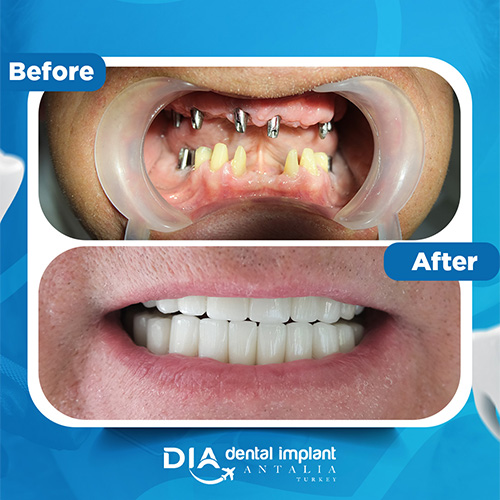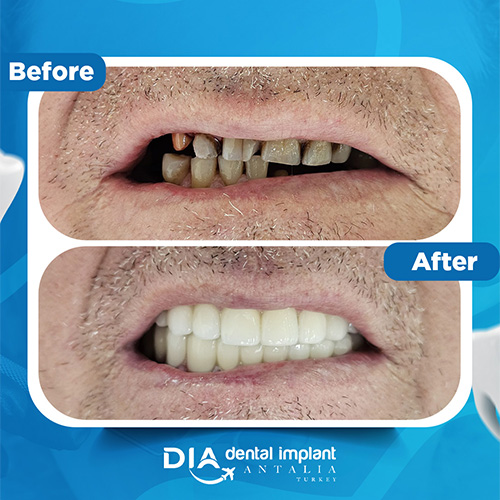What are dental veneers?
Veneers are wafer-thin shells made of porcelain or ceramic material. Laminas are mostly adhered to the anterior tooth surface, making the teeth look more natural. They are mostly used for cosmetic purposes, as they correct crooked and discolored teeth.
Coating Styles
Dental veneers are largely made of composite or porcelain. Each type has its pros and cons. But porcelain has become an acceptable standard for quality veneers that will give you satisfied value of what you invest on your teeth. Here are some types of coatings you can find on the market today:
Composite Coatings
These veneers are used to correct imperfections such as stains and cracks in your teeth, on the advice of your dentist. Veneers are prepared instantly while you wait to obtain a quality surface for your tooth. However, these composites get stained more easily. They may require a strict regimen of regular polishing for good oral hygiene and maintenance. Their average lifespan is normally 5 years, making them low-cost dental veneers.
Porcelain Veneers
Porcelain has been used over the years to produce high quality veneers with better shine, appearance and a more natural tooth feel. These wonderful tooth shells are created by private dental technicians in a dental laboratory. It may require a small change to your enamel, which is knocked down to make them fit. But the results are worth it. Being easily customizable makes them popular for improving the color, shape and appearance of your teeth. The only downside is that they are quite expensive.
Removable Overlays
Further advances in technology have led to the invention of snap-on or removable coatings. They are made of strong and hard dental resin and can be removed painlessly and easily. It can be used to close missing teeth or gaps, and yellowed or stained teeth can be removed in this way. However, this process does not change the structure of your teeth and these veneers do not overcome more serious cosmetic problems such as crooked teeth that need to be treated by an orthodontist. Now that we've identified the main types, Now let’s plan the budget.










 ASK QUESTIONS
ASK QUESTIONS 









